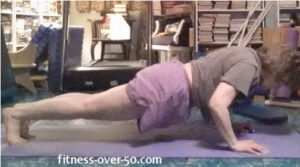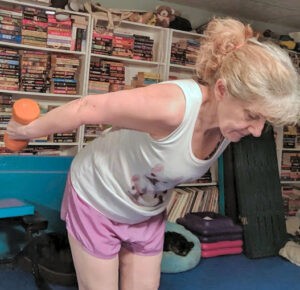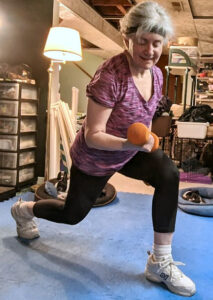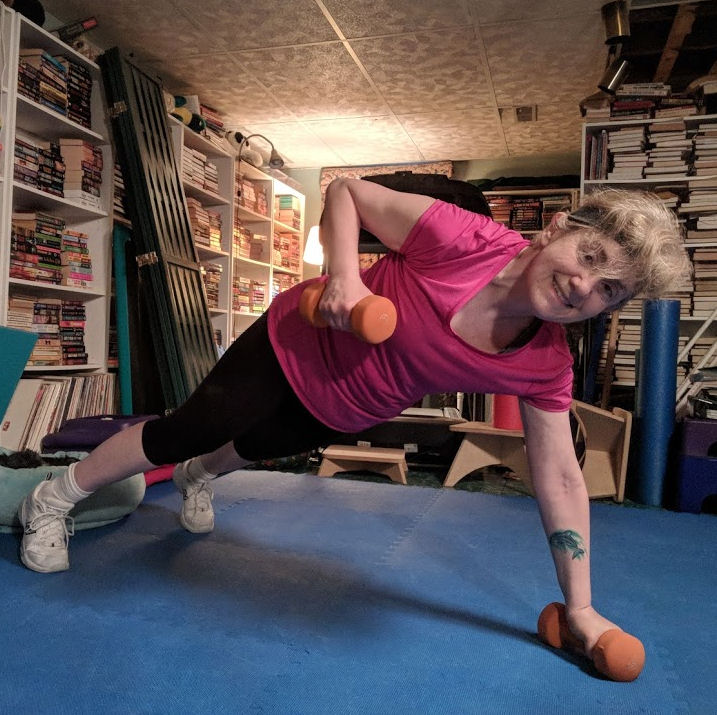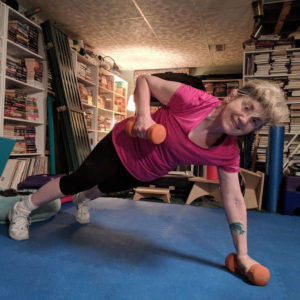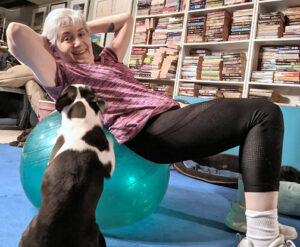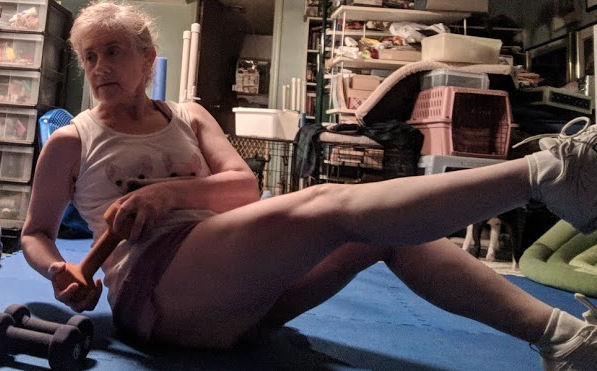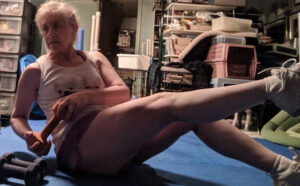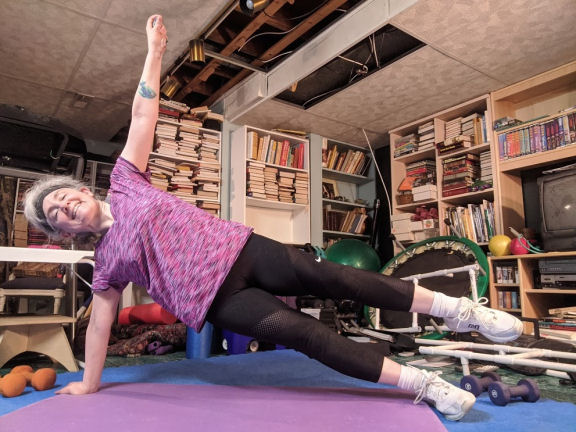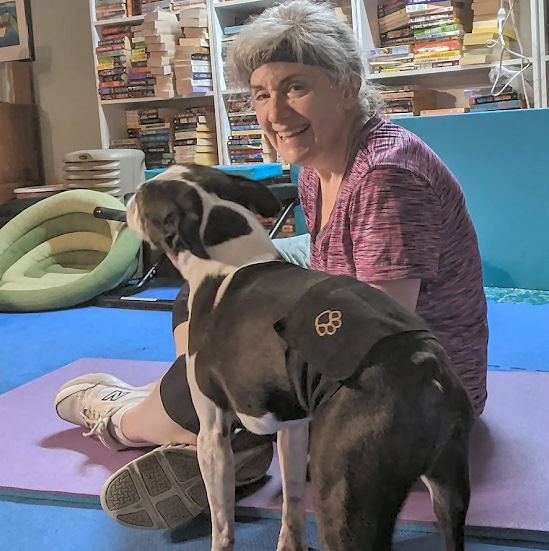I’m really bad at push-ups. There. I said it. I’m weak, my elbows hurt when I try to go deep into a push-up, and I’m really bad at them. But I keep trying. Because I know that push-ups work everything. Experts not only recommend 150 minutes of aerobic activity a week, but also 2 days of strength training.
Strength training helps build muscle and also bones. We smallish women over a certain age can become fragile over time, and must do what we can to stay strong and vital, crucial for our healthy aging. Being strong means that we’ll be more resilient, too, able to face whatever life throws at us. And there’s nothing that builds and tests your strength more than push-ups.
Amber Harris, a certified strength coach, notes that including push-ups in our workouts helps us increase strength and muscle mass which we lose at a rate of 3 – 8 percent every decade over age 30. Push-ups also help us lift and push things, like boxes and doors. And, by working the core, push-ups also help us maintain good posture. But they’re hard.
Doesn’t something else work?
If you’re like me and don’t like to do push-ups, you’re thinking, can’t I do something else? And the answer is, of course. There are loads of exercises that build strength in your arms, your shoulders, your back, your core and your legs. Just not all at once. Push-ups work everything all at once, so it’s a really efficient exercise. Talk about multi-tasking. A few push-ups, even modified ones, pack more of a punch than an equal number of biceps curls, for example.
But I can’t do full push-ups
Me neither. Not many, anyway. Full push-ups, the ones where you’re on your toes, bending your elbows so your chest brushes the floor, are ridiculously hard. I can do maybe four of them. I know that if my goal is to do 25 full push-ups at some point, then I have to keep trying. For the rest, I modify.
Bianca Vesco, a NASM-certified personal trainer and fitness instructor, advocates modifying push-ups to meet you where you are so that you can build on them. You can start by doing standing push-ups, hands on the wall. Then progress to lower inclines, like your kitchen counter, a table, an ottoman, a step stool and then finally a full push-up on the floor. This progression gets steadily harder, but as you make your way through, your body will get stronger and you’ll succeed. For all of the modifications, though, remember to keep your neck straight, your core tight, your butt tucked and your back straight. Another progression, when you’re getting to the really hard ones, is to lower your body in the modified position, then when you’re as low as you can get, put your knees on the floor and reset to the starting position. This adjustment helps build the muscles you’ll need for the full push-up.
No matter where you are in your fitness journey, push-ups will help you build the strength you need. Because push-ups work everything.


